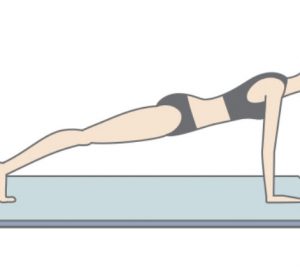Should open water swimmers learn how to do tumble turns?
One of the best things about open water swimming is that there are no walls to block our progress. This makes swimming outside easier (turns are tiring and disrupt your rhythm) and harder (you get a speed boost with each turn and your arms get a brief rest). Obviously you don’t need to do tumble turns in open water, despite the jokes people make about tumble-turning half way through double crossings such as two-way Windermere swims.
A tumble turn, sometimes called a flip-turn, is the way competitive pool swimmers change direction when they reach a wall in freestyle races. It is considerably faster than grabbing the wall with your hand and dragging your legs through the water – called a grab turn or touch turn.
If you only ever swim in open water and have absolutely no intention of ever doing any pool training, then you can stop reading now.
But what if you do part of your front crawl swimming in a pool? Do you need to do tumble turns? Should you take the time and trouble to learn them?
Actually, “should” is the wrong question. Presumably you swim for pleasure, which means the only question that really matters is, “do you want to do tumble turns?”
So why might you want to?
- A well-executed tumble turn is undoubtedly faster than a touch turn. If you never race in a pool, you might think that this is irrelevant, but being able to tumble turn may allow you to move into a faster lane during training sessions, which could be helpful to your long-term growth as a swimmer.
- A well-executed tumble turn is easier than a touch turn. If you can’t do tumble turns yet, this might seem a strange statement but once you’ve mastered the skill it fits seamlessly into your swim. You don’t need to think about turning. It just happens.
- A well-executed tumble turn puts you in the best position to push off the wall. With a touch turn your head is up and one of your arms needs to swing forwards over the water before you can push off. With the tumble, when your feet hit the wall, your arms and head are already in a streamline position. It feels like you’re bouncing off the wall.
- A well-executed tumble turn feels good! It looks good too.
Unfortunately, all the good things about tumble turns only really happen once you can do them reasonably well and the process is an automatic part of your swimming. If you haven’t reached this level it can be a comedy of flailing arms, water up your nose and pushing off in the wrong direction while desperately trying to hang on to the last bubble of air in your lungs. As this can be such a hurdle to overcome, many open water swimmers conclude it simply isn’t worth it. They’d rather spend their time improving some other aspect of their swimming or simply enjoying being in the water.
And that’s fine.
But, if you do want to learn, here are some tips.
Spend some time watching videos on YouTube. Here’s one from H2Open contributor Fiona Ford to get you started:






